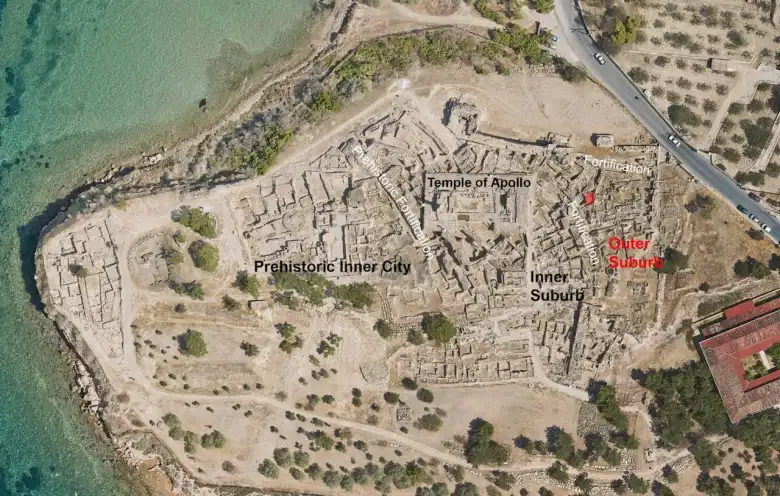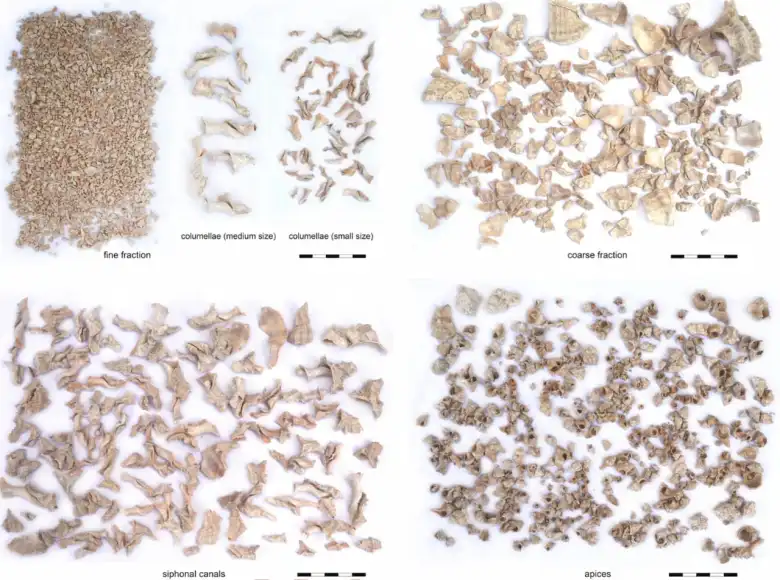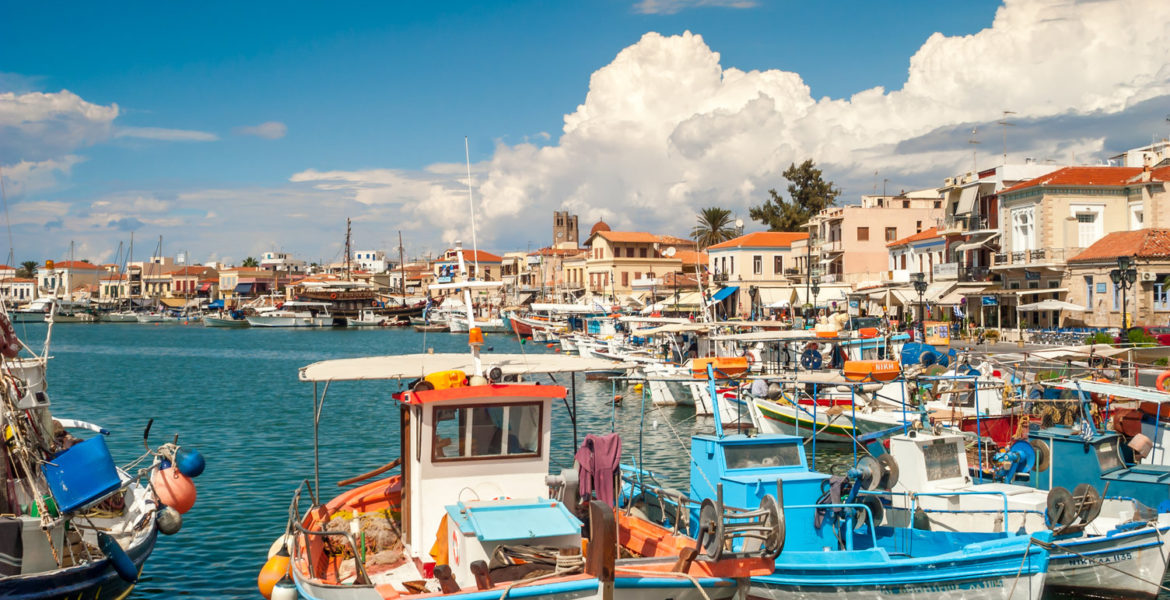Archaeologists have uncovered a remarkable find on the Greek island of Aegina: a Mycenaean purple dye workshop dating back to the Late Bronze Age.
This discovery, detailed in a study published in the journal PLOS ONE by Dr. Lydia Berger and her team from the Paris Lodron University of Salzburg, Austria, offers invaluable insights into the ancient production of this prized pigment.
During the Late Bronze Age, coloured dyes were highly sought-after commodities throughout the Mediterranean. Understanding how these dyes were made sheds light on the cultural practices and trade routes of the era. Berger's team pinpointed a workshop from the 16th century BCE located in the ancient settlement of Kolonna on Aegina, situated in the Saronic Gulf.

Several key pieces of evidence confirm the presence of this dye workshop. Remnants of purple pigment were found on ceramic fragments, likely used as containers. Tools for grinding the dye, such as grinding stones, were also unearthed alongside a waste pit. Additionally, the large quantity of crushed seashells from marine snails, the source of the dye, points to a well-established production site.
Analysis of the seashells and pigments revealed that the workshop primarily used the banded dye-murex (Hexaplex trunculus), a Mediterranean sea snail known for its vibrant and long-lasting purple dye. The excavation also yielded numerous charred bones of young mammals, primarily piglets and lambs. Researchers believe these remains might be from rituals intended to safeguard the workshop, a practice documented elsewhere. However, the exact connection between these bones and the dye-making process remains unclear.

This discovery unveils crucial details about the tools and techniques employed in Mycenaean purple dye production. Further investigation could illuminate the scale of production at Kolonna, the specific procedures used, and the role this dye played in regional trade networks.

The significance of this find lies in its comprehensiveness. The well-preserved pigment, the abundance of crushed shells, and the functional tools provide an unparalleled view of Aegina's purple dye production around 3,600 years ago. Chemical analysis, combined with studies of the shells, animal remains, and archaeological context, paints a detailed picture of this early dye-making process, solidifying the presence of a workshop within the Late Bronze Age settlement.
The existence of this workshop hints at Aegina's prominent role in the dye trade and the broader economic landscape of the ancient Mediterranean.
Read MoreAegina: The favourite island for Athenians
Sources
Public Library of Science | Berger L, Forstenpointner G, Frühauf P, Kanz F (2024) More than just a color: Archaeological, analytical, and procedural aspects of Late Bronze Age purple-dye production at Cape Kolonna, Aegina. PLoS ONE 19(6): e0304340. doi.org/10.1371/journal.pone.0304340


